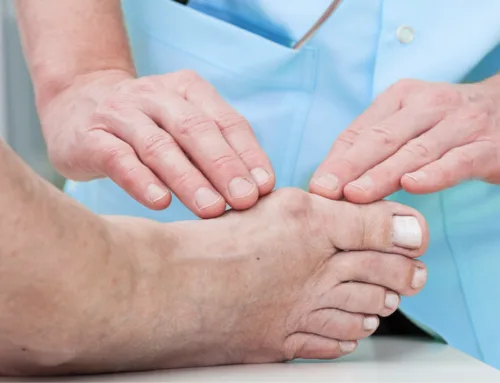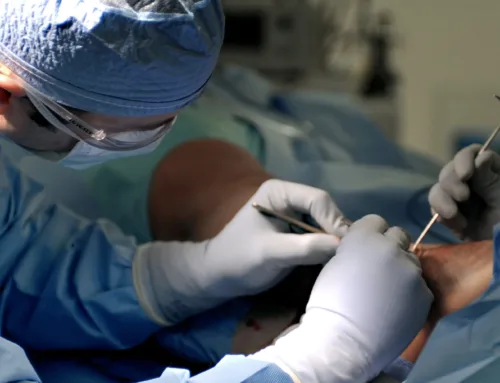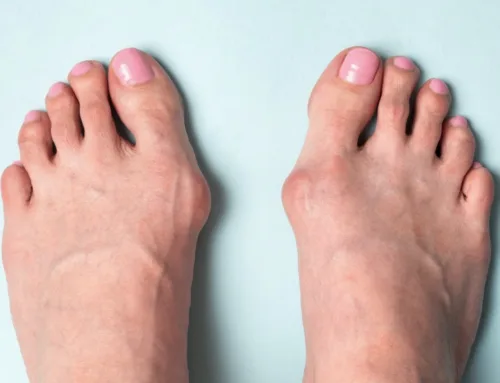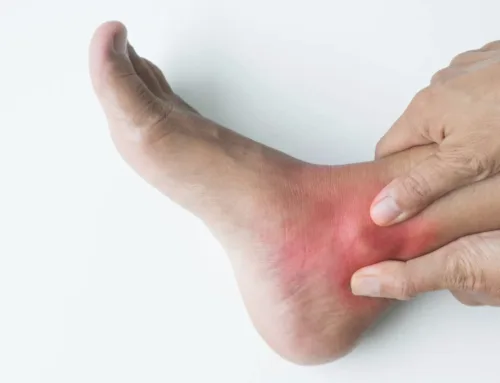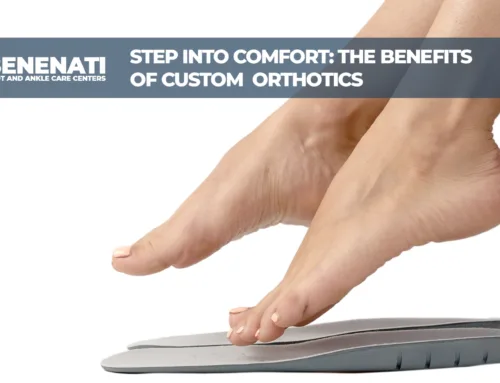Stress Fractures: The Hidden Risk in Everyday Foot Pain
What Is a Stress Fracture?
A stress fracture is a tiny crack in a bone, most often caused by repetitive force or overuse. Unlike acute fractures that occur from a single injury, stress fractures develop gradually over time. They commonly affect weight-bearing bones in the foot and ankle, especially in athletes, runners, and individuals with high activity levels.
These injuries are often overlooked because the symptoms can mimic general foot soreness. However, if not properly diagnosed and treated, stress fractures can worsen and lead to more serious bone damage.
Common Causes of Stress Fractures
Stress fractures typically result from:
- Overuse or repetitive activity
- Sudden increase in physical activity
- Improper footwear or poor biomechanics
- Weak or fatigued muscles that fail to absorb shock
- Osteoporosis or low bone density
- Foot deformities such as high arches or bunions
People who stand or walk for extended periods, especially on hard surfaces, are also at risk.
Signs and Symptoms to Watch For
Stress fractures often start with mild discomfort and worsen with continued activity. Warning signs include:
- Localized pain that intensifies with weight-bearing
- Swelling over the affected area
- Bruising or tenderness
- Pain relief with rest, but recurring when activity resumes
Unlike sprains, stress fractures may not cause immediate sharp pain but tend to build gradually. This slow onset makes them easy to ignore—and dangerous to overlook.
Diagnosing Stress Fractures
If you suspect a stress fracture, a podiatric evaluation is essential. At Benenati Foot & Ankle Care Centers, we use diagnostic tools such as:
- Digital X-rays (though fractures may not be visible early on)
- MRI or bone scans for more detailed imaging
A podiatric surgeon will assess your symptoms, activity history, and biomechanics to confirm a diagnosis and develop a treatment plan.
Conservative Treatment Options
Most stress fractures can be treated without surgery if caught early. Conservative treatments include:
- Rest and activity modification to avoid aggravation
- Protective footwear or walking boot to offload stress
- Cold therapy and elevation to reduce swelling
- Calcium and Vitamin D supplements to support bone healing
Proper healing typically takes 6 to 8 weeks. Attempting to push through pain or return to activity too soon can lead to nonunion or complete fracture.
When Surgery Is Needed
Surgical intervention may be necessary if:
- The fracture fails to heal (nonunion)
- The break worsens or becomes displaced
- There is a high risk of re-fracture in active individuals
- The affected bone bears significant weight (e.g., the fifth metatarsal)
Surgical options may include internal fixation using screws or plates to stabilize the bone.
Recovery Timeline and Expectations
Post-treatment recovery varies based on severity and treatment type. Most patients will follow this progression:
- Initial non-weight-bearing or limited mobility
- Transition to protected weight-bearing in a boot or brace
- Gradual return to activity with physical therapy
- Full recovery over 8–12 weeks
Close follow-up with your podiatric specialist ensures healing is progressing as expected.
Preventing Future Stress Fractures
To reduce your risk in the future:
- Wear supportive, activity-appropriate shoes
- Increase physical activity levels gradually
- Cross-train to avoid repetitive stress on the same bones
- Address biomechanical issues with custom orthotics
- Maintain a diet rich in bone-supporting nutrients
For athletes and active individuals, periodic foot evaluations can help catch problems early.
Don’t Wait to Get Evaluated
Stress fractures may be small, but the impact on your mobility can be major. Don’t let foot pain go unchecked. The earlier you receive proper care, the faster and more completely you can heal.
If you’re experiencing persistent foot pain, schedule an evaluation at Benenati Foot & Ankle Care Centers. Our podiatric experts specialize in diagnosing and treating stress fractures with precision and care.

